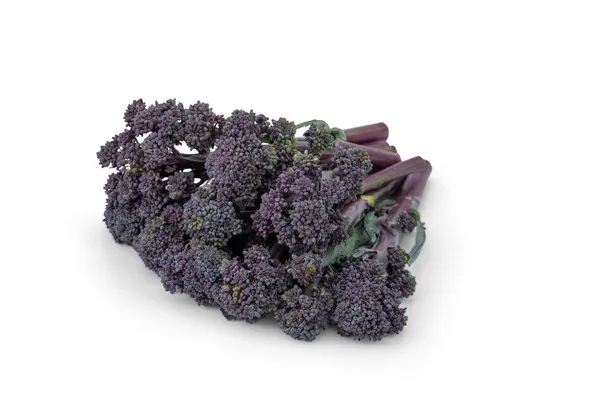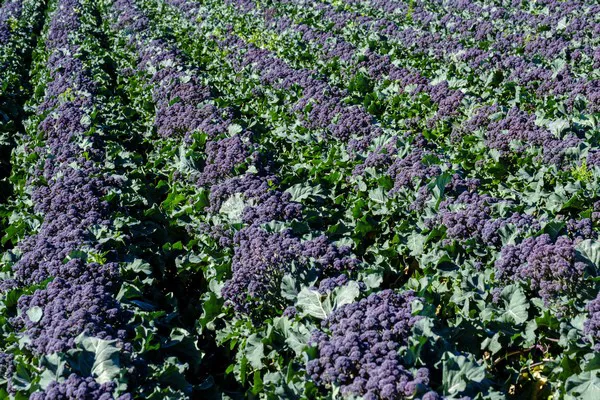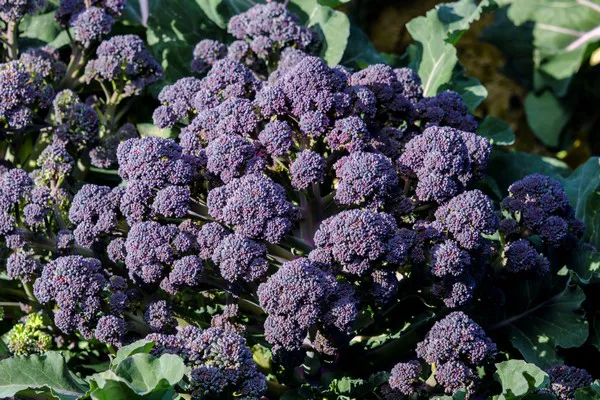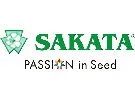Sakata Seed Ibérica presents Tyrian, the first sprouting broccoli variety on the market that is completely purple in its florets and stems. “Once again, Sakata, a leading brassica company, continues to lead the way in innovation with the addition of Tyrian.”


This new variety stands out for its color, which is completely purple, but also for its cultivation characteristics because the plant is very vigorous and grows quite straight upwards. "The uniformity of the plant makes it easier to harvest. Tyrian is also very productive and planting it in multiple growing areas makes it possible to have product all year round," stated Antonio Ibarra, the head of Brassica Development at Sakata Seed Ibérica. It has a 75-day production cycle for summer harvests and up to a 105-day production cycle for winter harvests.
As with purple broccoli, Tyrian is rich in anthocyanins, biomolecules of high antioxidant power that give it its purple color and are found naturally in brassicas. Anthocyanins have anti-cancer properties and are associated with benefits for the eyesight and cardiovascular system.

Ibarra points out that its sweet taste, soft texture, and low fiber content give Tyrian great versatility in the kitchen. In addition, its striking color and shape, the result of market trends, make this broccoli a real attraction on the market; even children will want to try this vegetable, which will help increase the consumption of brassicas so that society eats healthier.
Why was it named Tyrian?
“The variety was called Tyrian because in ancient times, in the Phoenician city of Tyre, purple dye, known as Tyrian Purple in English, was extracted from shells,” stated Sonia Marin, Trial Officer at Sakata.

For more information:
Sakata Ibérica
[email protected]
https://sakataiberica.com










